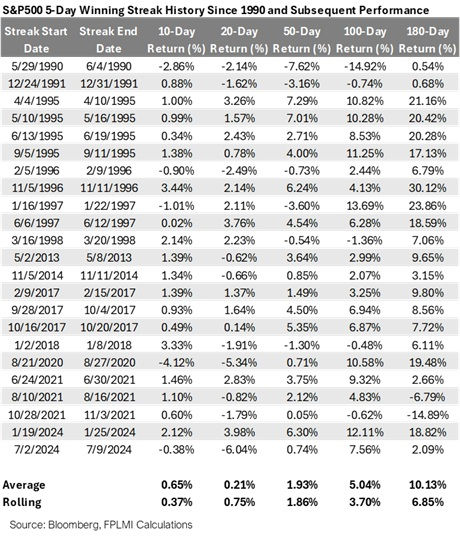Bimodal Economic Outlook: The Two-Track Path of Trump-Era Policy Risk
- Caleb S
- Apr 20
- 2 min read
Introduction: In today’s volatile economic climate, financial markets and policy analysts are increasingly being forced to confront a concept known as a bimodal probability distribution. With tariffs and uncertainty being the central theme of policy in 2025, probabilistic outcomes are beginning to split into two sharply divergent paths.
What Is a Bimodal Probability Distribution?
In statistical terms, a bimodal probability distribution is a probability distribution with two distinct modes—peaks that represent clusters of likely outcomes. This framework helps illustrate how markets may react to Trump-era economic policies: one path leading to crisis and contraction, the other to growth and reform.
The chart below visualizes this dual-path expectation. Rather than a single most-likely outcome, we are now looking at two polarized possibilities.

The current policy backdrop, particularly around trade, inflation, and fiscal risk, has created a bimodal market narrative—one bullish, one bearish.
Visualizing the Economic Split: Bull vs. Bear Case
The following table outlines the core arguments from each side of the distribution. These are not hypothetical strawmen—they reflect real, opposing interpretations of the same set of policies:
Bear Case | Bull Case |
Trump policies extend to extremes—permanently higher tariffs, undermining the Fed, and risks perceived default on U.S. debt. | Tariffs are a negotiation tactic and will eventually be dialed down to benign levels. |
Tariffs stoke inflation, limiting Fed’s ability to cut rates. Consumer spending slows, margins shrink, and both equities and bonds fall. | Inflation spikes are transitory, giving the Fed room to ease. |
Government cuts and immigration policy reduce private sector hiring and overall economic contribution. | Fiscal restraint and moderate cuts build confidence in long-term responsibility. |
Uncertainty freezes capex and hiring, slowing the economy sharply. | Pro-manufacturing policies and defense tailwinds drive an industrial renaissance. |
Layoffs force home sales, increasing inventory and depressing housing prices. | Deregulation enhances corporate efficiency and boosts margins. |
Recession and falling tax revenue increase fiscal strain and weaken the dollar. | Tax reform drives a surge in business investment and consumer demand. |
Why This Matters for Markets
This bimodal setup means markets are increasingly susceptible to binary outcomes, where economic data or policy announcements sharply shift sentiment from one narrative to the other.
For tactical and strategic investors alike this may call for:
Flexible risk frameworks that adjust for regime shifts.
Active monitoring of policy developments, particularly around tariffs, debt reform announcements and Fed independence.
Portfolio strategies that prepare for fat tails—not just average outcomes.
The Media and Market Signal
This blog post is part of a broader effort to highlight structural shifts in market risk pricing. As more analysts and media outlets begin referencing bimodal outlooks, expect to see this concept embedded in earnings calls, Fed minutes, and investor outlooks.
The "average" is no longer enough. We are in a world where two stories are unfolding simultaneously—and it is likely only one will win out.
Closing Thought: We believe presenting market risk through a bimodal lens provides a clearer framework for today’s uncertainty. Whether you lean toward the bull or bear case, the key is recognizing that both are now statistically plausible, and we believe portfolios need to be flexible enough to adapt to both outcomes.




Comments